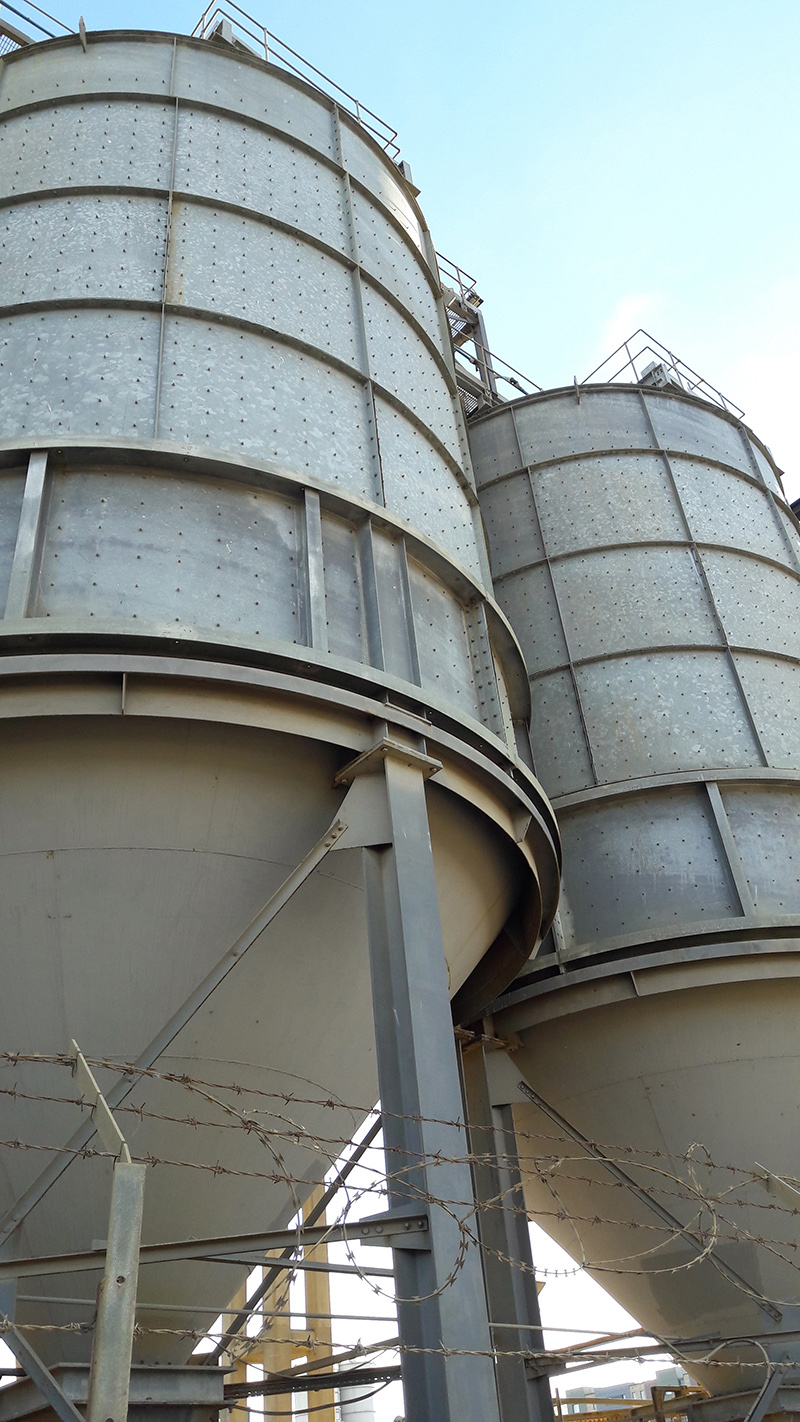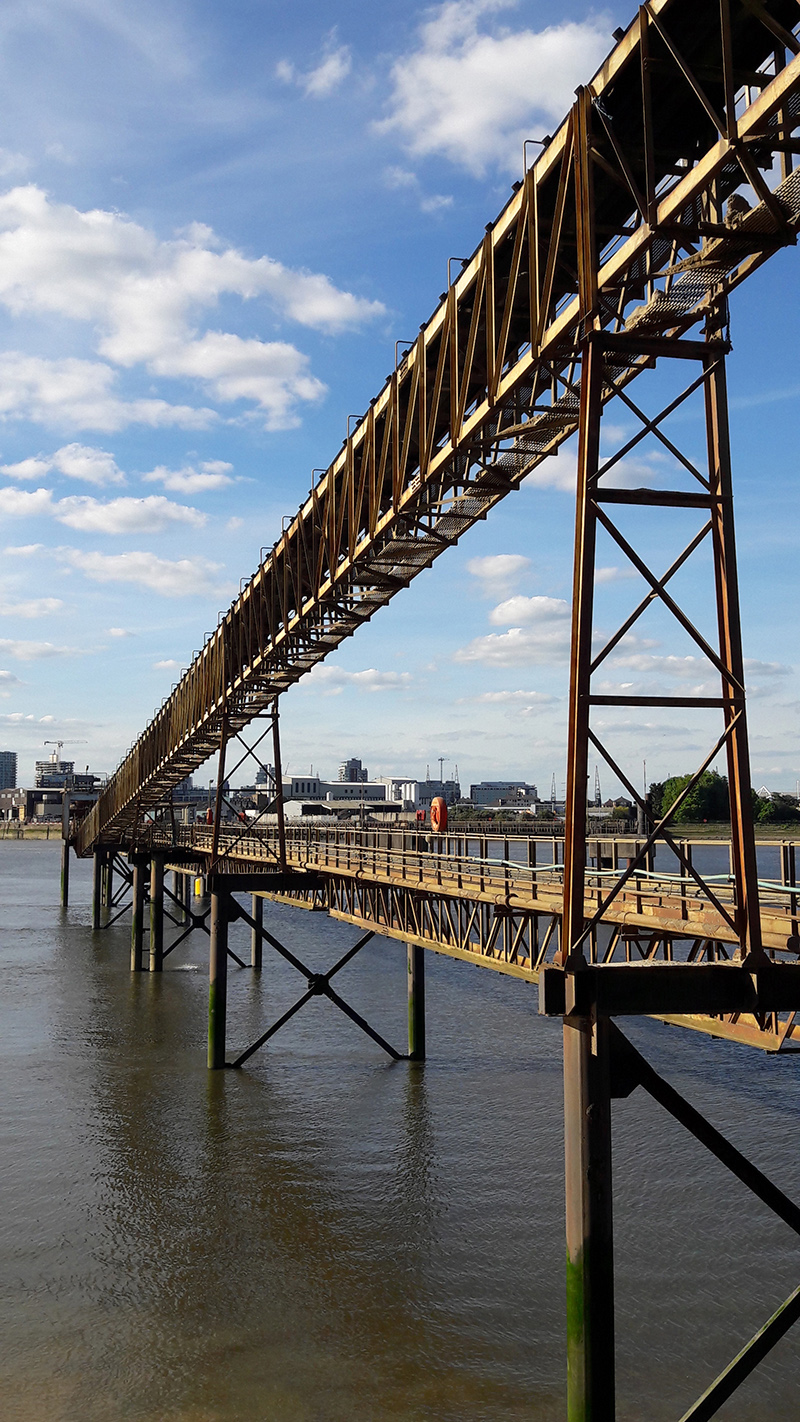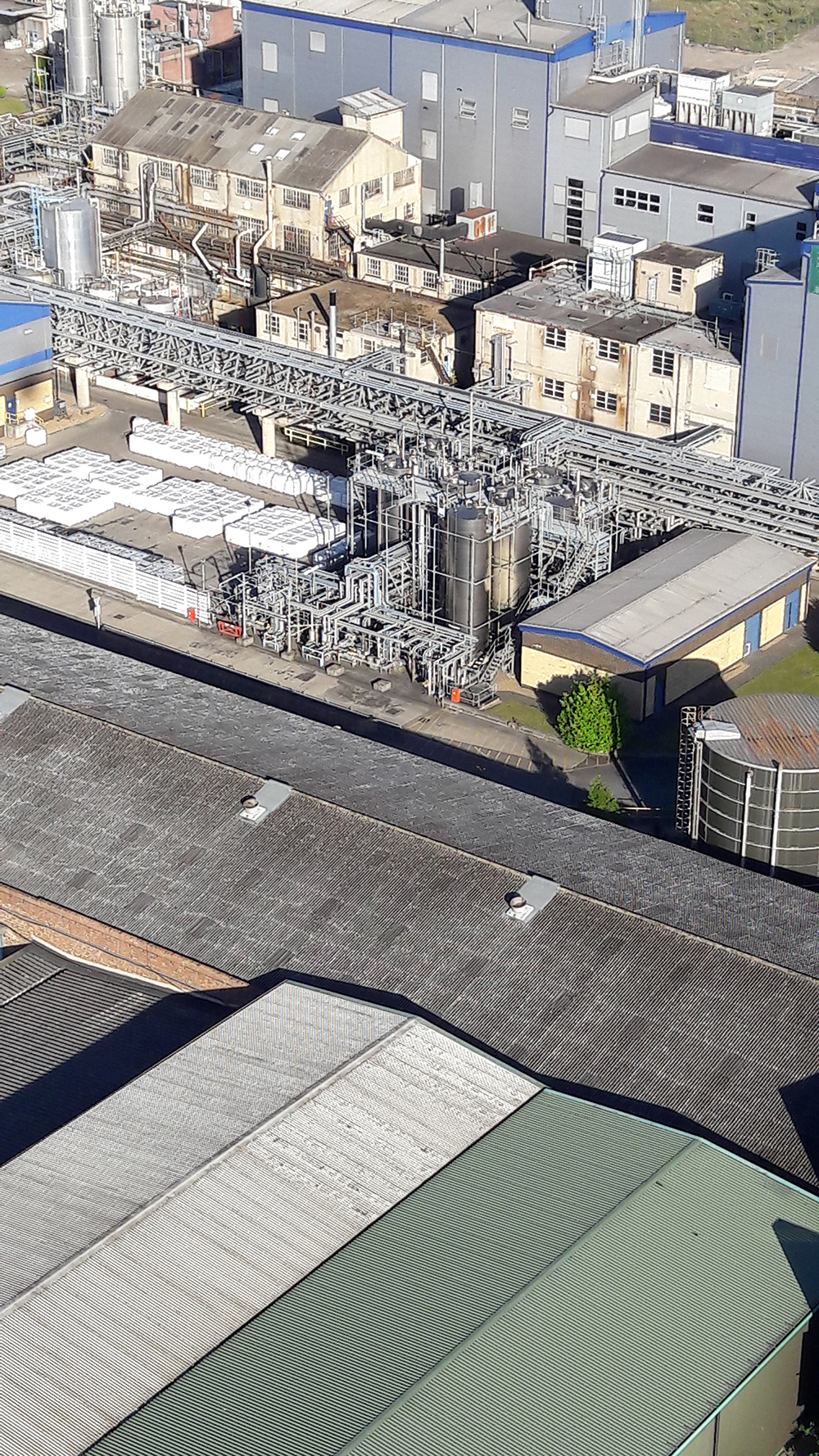Industrial Landscapes - after Charles Sheeler
Last Sunday we went for a long walk along the Thames by Woolwich. It is one of the last stretches of the Thames in London where you still feel that it is a proper working river. Perhaps most iconic is the Tate and Lyle sugar refinery in Silvertown on the north bank, near London City Airport. It is one of the largest sugar refineries in the world with a capacity of 1.2 million tonnes per year.
The view across to the refinery from the south bank of the Thames reminded me immediately of "American Landscape" by Charles Sheeler. Sheeler is a new discovery for me from the "America After the Fall" show at the Royal Academy earlier this year. "American Landscape" below, painted in 1930, was commissioned by the Ford Motor Company in Detroit and shows a view of the industrial plant across the River Rouge in Michigan.
Below is Sheeler's "Fugue" (1940) depicting the power plant in New Bedford, MA which supplied power to the city's electric trolley busses.
There are echoes of these iconic paintings in my images below. The silos and the huge sand piles on the left are details from the enormous complex of Thameside aggregates yards. Centre right is a detail of the wharf where the aggregate is unloaded from barges and onto a conveyor system. There are two wharves along this stretch of the Thames - Angerstein and Murphy' wharves, and 3.5 million tonnes of aggregate is unloaded annually onto these.
The final image above (far right) is a detail of an industrial plant on the north bank of the Thames, viewed from the cable car. You can see silos, and warehouses, echoing the shapes and forms in the painting below.
Sheeler's "Classic Landscape" (1931) below shows a cement works, which produced cement from the by-products of the car industry. The silos in the centre were used for storing cement before it was sold and shipped.
Our own little bit of Creekside in Deptford had, until very recently, a fine collection of different industrial buildings along its banks. Now though, with inevitable creeping development almost all the old warehouses and goods yards have gone - replaced by ubiquitous 'luxury waterfront' developments. It is an unstoppable momentum, but surely something is lost as the river and creek are gradually reduced from a working landscape to to a bankable view.
Images:
Museum of Modern Art, NY
Museum of Fine Arts, Boston
National Gallery of Art, Washington DC








